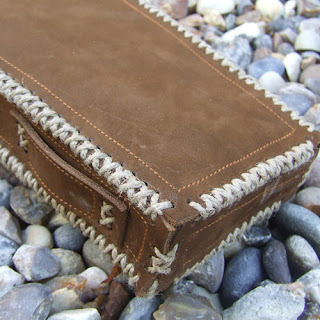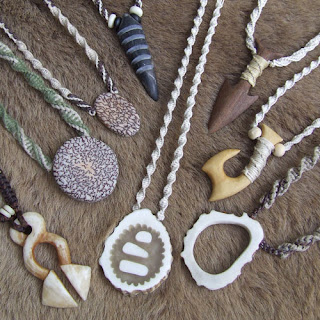It's that time of year again where we head to the Kathmandu Valley for another period of sourcing, sampling and production of our next collection. The downside to our production period is that we are unable to process any online orders whilst in Nepal. This means our online store will have to take a break from 28th Nov 2011 until 30th Jan 2012. We apologise for this inconvenience and appreciate your understanding. We will still be checking our mail everyday and are always there to answer any questions you may have.
Two of the main fibres that we source in Nepal are their very own organic nettle and hemp. They both grow wild in the foothills and are harvested, retted, spun and woven by hand. We look forward to meeting up with all the craftspeople we regularly work with, from knitters, crocheters, weavers, dyers, and tailors.
The image below shows a hemp & cotton blended yarn being woven on a handloom. We try to use handloom fabrics wherever possible in order to keep things as organic and handmade as possible. The standard handloom is vital for us as it requires no electricity and also provides much needed work for this group of traditional craftsmen.
Our blog will be updated throughout our production period with the latest news, so please do check from time to time. We look forward to presenting our new collection in the new year and Sorazora wishes you all a very merry Christmas and enjoyable new year celebrations.


































